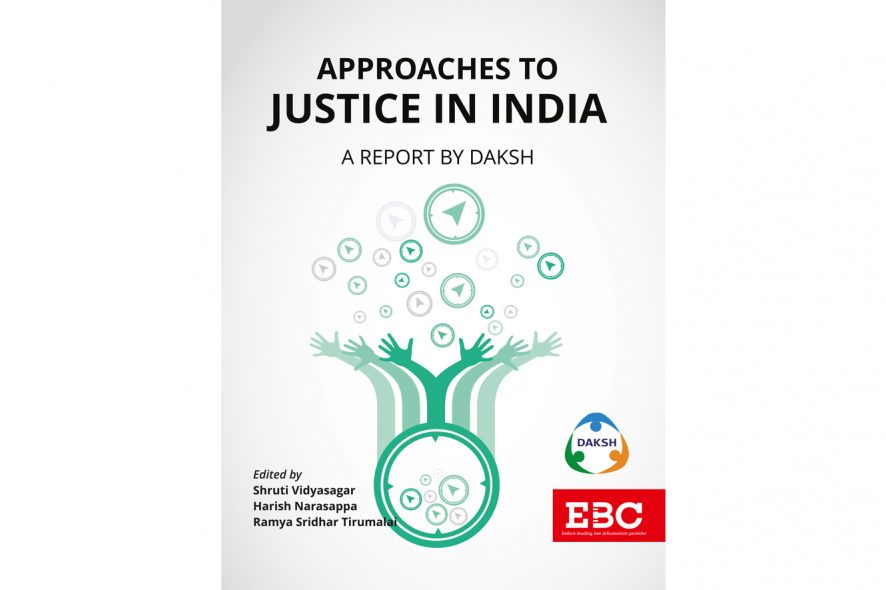Science begins with counting. To understand a phenomenon, a scientist must first describe it; to describe it objectively, he must first measure it.
– Siddhartha Mukherjee, The Emperor of All Maladies
These words, written by Mukherjee in his seminal biography of cancer, aptly characterise the principal purpose of DAKSH’s Rule of Law Project, which is to understand the justice-delivery system in India using a data-driven approach.
In 2016, DAKSH released a report, titled State of the Indian Judiciary (SoJR), in which we focused on the most visible face of the justice-delivery system in India — the judiciary. In evaluating the work of the judiciary, we considered its primary challenge — pendency in the courts — as a means to understand how delays in the progress of cases affect citizens and the economy. We also presented findings from our pioneering survey on access to justice, which recorded litigants’ perceptions of, and experiences within, the judicial system.
As we pondered on the composition of DAKSH’s second report, we decided to retain the two principal aspects of the SoJR — delays in the judicial system and access to justice — as the fulcrum of this year’s report also, but examine them both more deeply and broadly. While the SoJR explored the systemic issues of administration and accountability in the judiciary, this year’s report is an in-depth scrutiny of the performance of courts, with an emphasis on their workload, case flow, and efficiency. While the SoJR reflected on access to justice, and in particular, its institutional dimensions (mainly relating to the judiciary), this year, we consider ‘justice’ more expansively — in terms of its underlying ideas, its administration and delivery by non-judicial bodies, as well as the various approaches to it in India.
Shruti Vidyasagar and Ramya Sridhar Tirumalai in Introduction to Approaches to Justice in India (2017)
The complete report has been indexed on SCC Online here:







